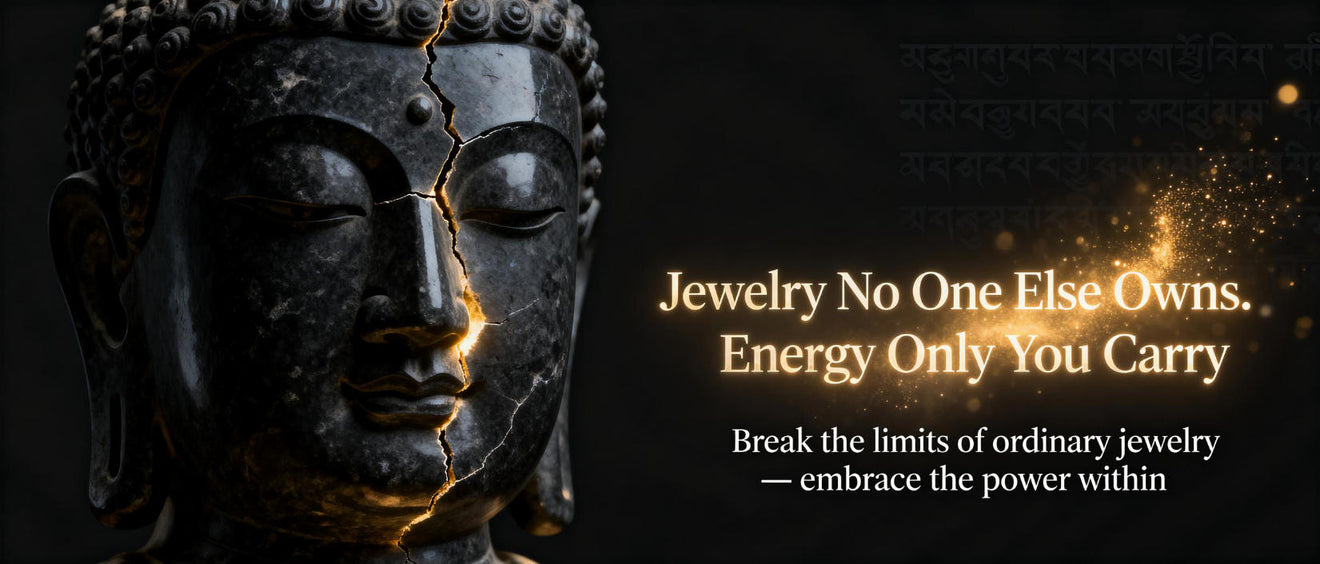
Inside the elaborate weave among Tibetan spiritual traditions rest two powerful symbols: the elaborated thangka and crafted bodhi seed. Every one, in its special manner, acts as a gateway for transcendental understanding. The thangka, a decorative panel, renders enlightened figures, ritualistic patterns, or sacred legends, acting as a focus for contemplative thought.
Alternatively, the bodhi bead, often crafted from unique minerals, timber, nuts, or calcium deposits, is a tangible reminder of Buddha's liberation under the bodhi tree. Grasping the beads in sacred rituals aids mindfulness cultivation.
- Mutually, the thangka and the bodhi bead express the journey towards enlightenment. They offer a tangible link to the eternal truths of Tibetan Buddhism.
Stories Told by Camel Skeletons
Throughout historic ages, old treasures whisper tales of a world long faded. These are not embellished objects belonging to lost empires, but straightforward camel bones sculpted with designs that retain the arcana of a bygone epoch. Each bone holds the echo emanating from a life lived, a journey made, and a connection to the timeless wisdom within which envelops us all.
- These fragments
- Treasures
- Provide
Unlocking the Symbolism within Thangka Masterpieces
Tangkas are vibrant paintings on canvas, meticulously crafted by Tibetan artists to depict hallowed figures and scenes from Buddhist doctrines. Each detail within a thangka is laden with significance, forming a complex tapestry of visual narratives that guide the viewer on a contemplative journey. The colors used in thangkas are not merely aesthetic choices but carry essential connotations, standing for different aspects of the Buddhist philosophy. From the solemn figures to the intricate decorations, thangkas offer a glimpse into the rich world of Tibetan Buddhism, inviting us to reflect upon its knowledge.
- Established thangka art often depicts key Buddhist figures such as Buddha Shakyamuni, Bodhisattvas like Avalokiteshvara and Manjushri, and enlightened beings from various movements of Tibetan Buddhism.
- Within these representations lies a wealth of insight that can be decoded by those who examine the symbolic language of thangkas.
Tathagata's Path to Enlightenment: Embodied in Beads and Bone
Upon the winding road to transcendence, the Buddha embraced artifacts imbued with profound influence. The very bead and relic held within them the heart of his guidance, manifesting glimpses into the mosaic of reality. Through their form, the Buddha communicated profound truths that outstrip the realm of prosaic perception.
From said mantra beads, crafted from exotic materials, arose vibrations that aligned with the deepest energies within. The fragment of a organism, meticulously transformed into relics, served as tangible markers of the impermanence native to all phenomena.
Thangkas: Windows into Himalayan Spirituality
Thangkas sacred paintings on cloth serve as dynamic representations of Himalayan spirituality. These intricate works of art, meticulously created with refined brushstrokes, depict a vast array displaying Buddhist deities, mandalas, and scenes from time-honored scriptures. Each thangka is an instructive medium for meditation and contemplation, offering insight into the complex teachings of Buddhism.
- They are often used in ritual ceremonies and
- reflecting states of spiritual illumination.
- Thangkas function as not merely decorative pieces but rather glimpses into the rich and compelling world of Himalayan spiritual traditions.
The Essence of Bodhi Beads: Cultivating Mindfulness and Compassion
Each jewel on a bodhi bead mala whispers tales of ancient wisdom, guiding us on a venture through the tranquil waters of mindfulness. As we grasp these intricately manufactured beads, our fingers trace the contours of individual one, anchoring our focus in the present moment. The gentle heft of the beads against our palms serves as a tangible reminder to take a breath, fostering a sense of quiet.
- As each bead that passes between our fingers, we encourage compassion, extending it first to ourselves and then outward to the world.
- Sacred teachings teaches us that mindfulness is a craft that requires patience and steadfastness.
By means of the rhythmic repetition of mantra or simply the mindful enumerating of the beads, we emancipate from the relentless chatter of the mind.
The practice of bodhi beads is a subtle invitation to revive our connection with ourselves and the world around us.
Focused Energy: Producing Camel Bone Bracelets for Higher Awareness
Resolve forms a significant motivator in our lives, shaping our experiences and guiding us towards our sacred journey. When we combine this intention with the primordial insights of crafting a camel bone bracelet, we create a potent synergy that can accelerate our spiritual growth.Camel bone embodies meaningful essence, representing vitality. Its natural beauty and ancient magnetism serve as a constant reminder of the elemental strength within each of us.Through mindful selection of bones, instill intentions into the creation. With every knot or tie, we interlace our hopes, dreams, and aspirations for spiritual evolution. This act of creation becomes a devotional ceremony, bonding us with our inner wisdom and guiding us on a voyage of awakening.- Imbue each color element with specific spiritual meanings.
- Sense the spiritual currents channeling within your crafting.
- Keep it close as a symbol of your evolving journey.
The Enduring Impact of Camel Bone in Buddhism
In the rich tapestry amidst Buddhist tradition, artifacts often hold profound symbolic meaning. Throughout these varied objects, camel bone stands out as a peculiar and absorbing element. Amidst history, this material has been used in the crafting of various Buddhist objects, each imbued with specific denotations.
- Appraised as a symbol of resilience and strength due to the camel's ability to withstand in harsh environments, camel bone often expresses spiritual fortitude.
- Likewise, the color and texture regarding camel bone are believed to some to hold auspicious connotations, indicating purity and serenity.
Thereupon, camel bone has become a prized part of Buddhist tradition, serving as a tangible bond to the profound teachings involved in this ancient faith.
Thangka Panels: Visual Sacred Lore
Within the ethereal realm of Tibetan Buddhism, Thangka paintings emerge as sacred portals to enlightenment. These exquisite works, meticulously crafted by skilled artists known as thangkapa, depict a myriad composed of vibrant deities, celestial beings, and mythical creatures. Each brushstroke imbues profound spiritual significance, narrating ancient tales and philosophical principles.
- Covering a vast compendium of Buddhist iconography, Thangkas serve as both devotional objects and instructional tools. Reverent practitioners gaze upon these paintings during rituals and meditations, seeking to acquire spiritual wisdom.
- Luxuriously ornamented with intricate details in an abundance of vibrant hues, Thangkas are considered windows into the divine. Any painting acts as a symbolic representation of the Buddha's teachings and the path to liberation.
Using their effective imagery and symbolism, Thangka paintings offer a glimpse into the rich devotional traditions of Tibet. They are a testament to the enduring charm of Tibetan art and its profound ability to motivate.
Embracing the Duality: Thangkas and the Cycle of Life and Death
Thangkas, these colorful embroidered scrolls native to Tibet, provide an insightful exploration into the fleeting nature of life. Each intricate sketch depicts deities and beings engaged in the progressive process of life and death, a concert of birth, growth, impermanence, and reawakening. The artists skillfully blend these concepts within the thangka's territory, highlighting the cohesion of all things. Through vivid icons, they invite us to speculate on our own journey. The cycle recurs, a dance of coming and going, highlighting the preciousness of each moment. By embracing this duality, thangkas teach us to value the beauty in both life's joys and sorrows.Bonds of Serenity: The Significance of Bracelets in Buddhist Practice
In the intricate tapestry of Buddhist practice, seemingly plain objects often hold profound meaning. Among these are bracelets, which serve as tangible symbols of devotion and commitment to the way of Buddha. Thangka Worn on the wrist, a bracelet exists as a constant reminder of one's aspirations and goals. It can stand for the impermanence of life, urging practitioners to remain stable in the present moment. Some bracelets may possess sacred glyphs, such as mantras or the names of Buddhas, which are deemed to generate positive energy and shield. Others are sometimes made from components with spiritual significance, like sandalwood or lotus seeds, amplifying the bracelet's energy. Ultimately, the significance of a Buddhist bracelet extends far beyond its physical form. It becomes a powerful tool for reflection, a catalyst to live in harmony with the teachings of Buddha, and a manifestation of one's unwavering commitment.